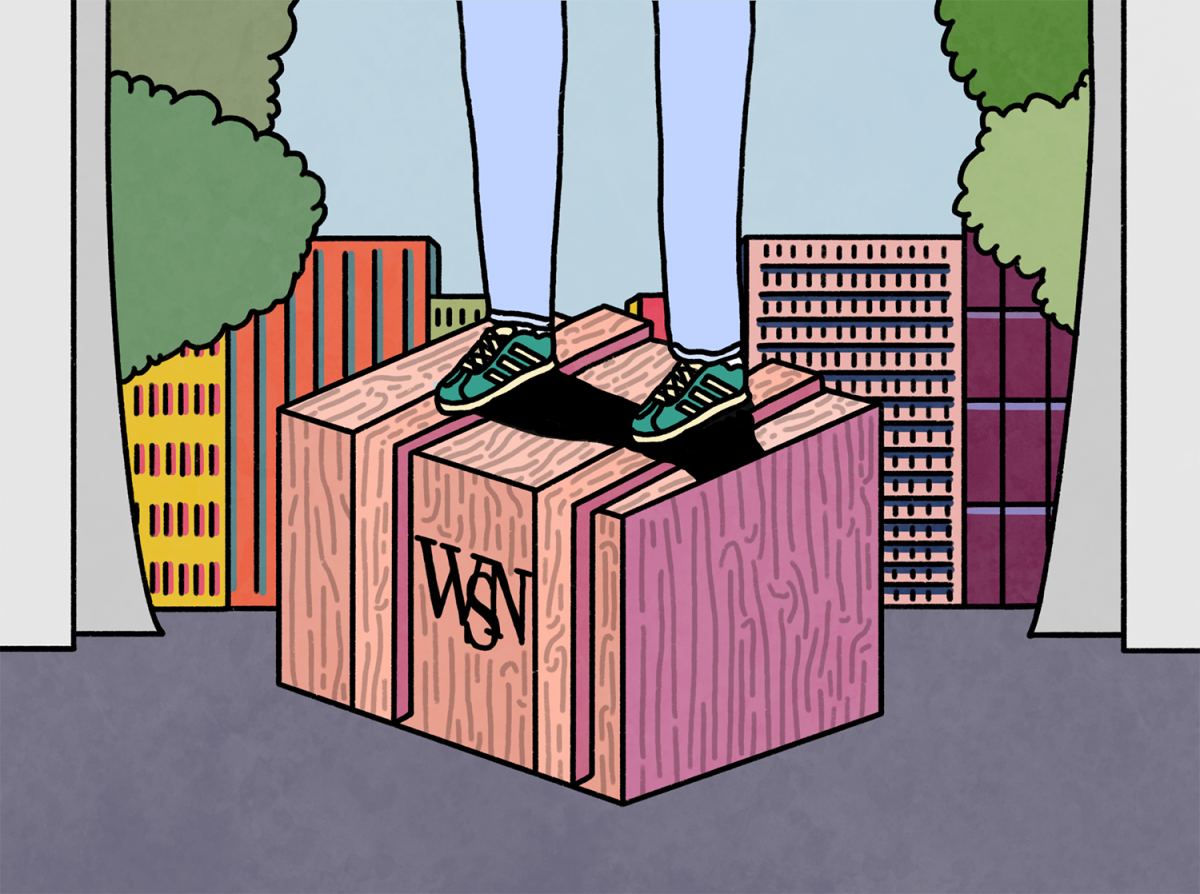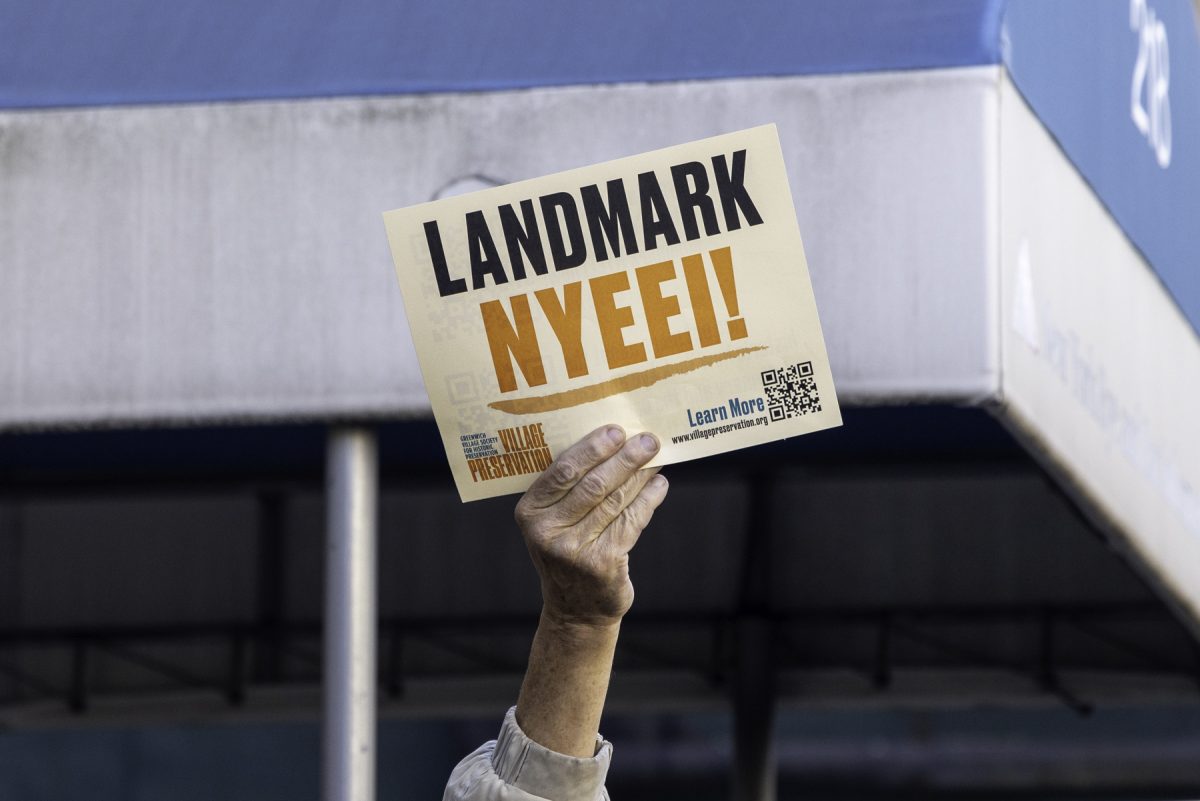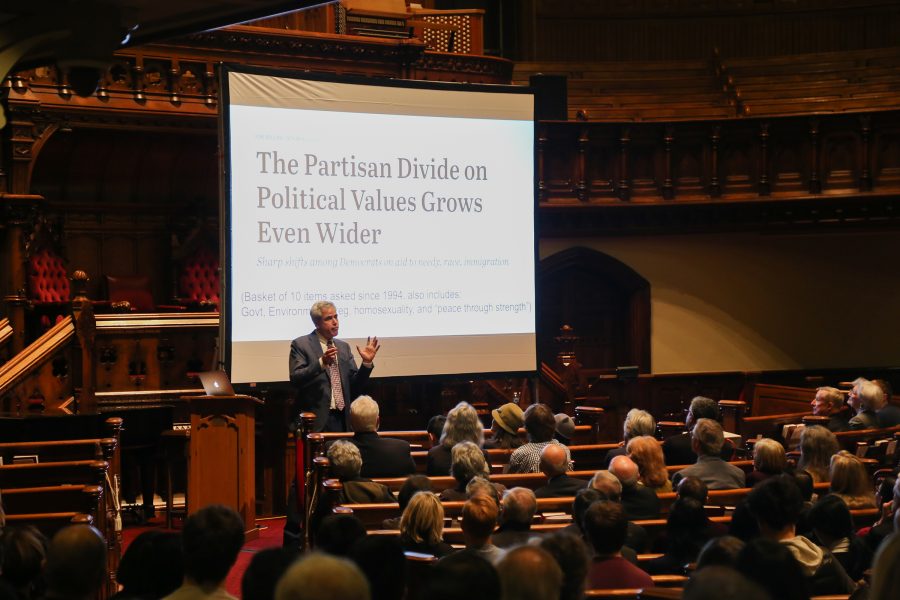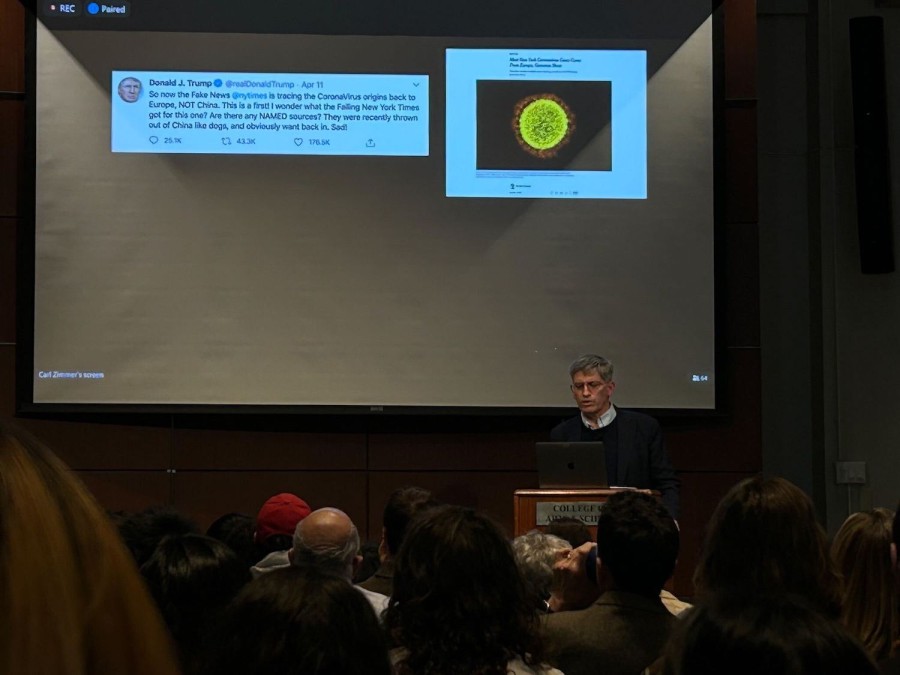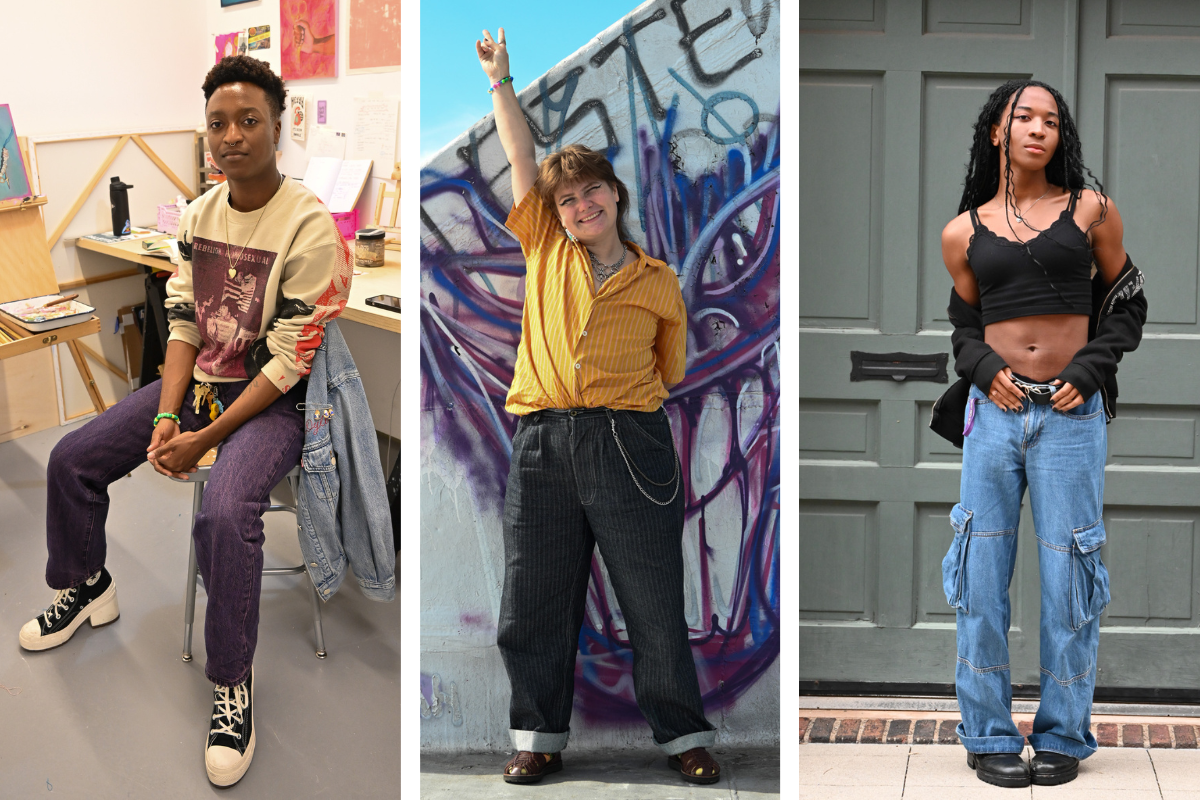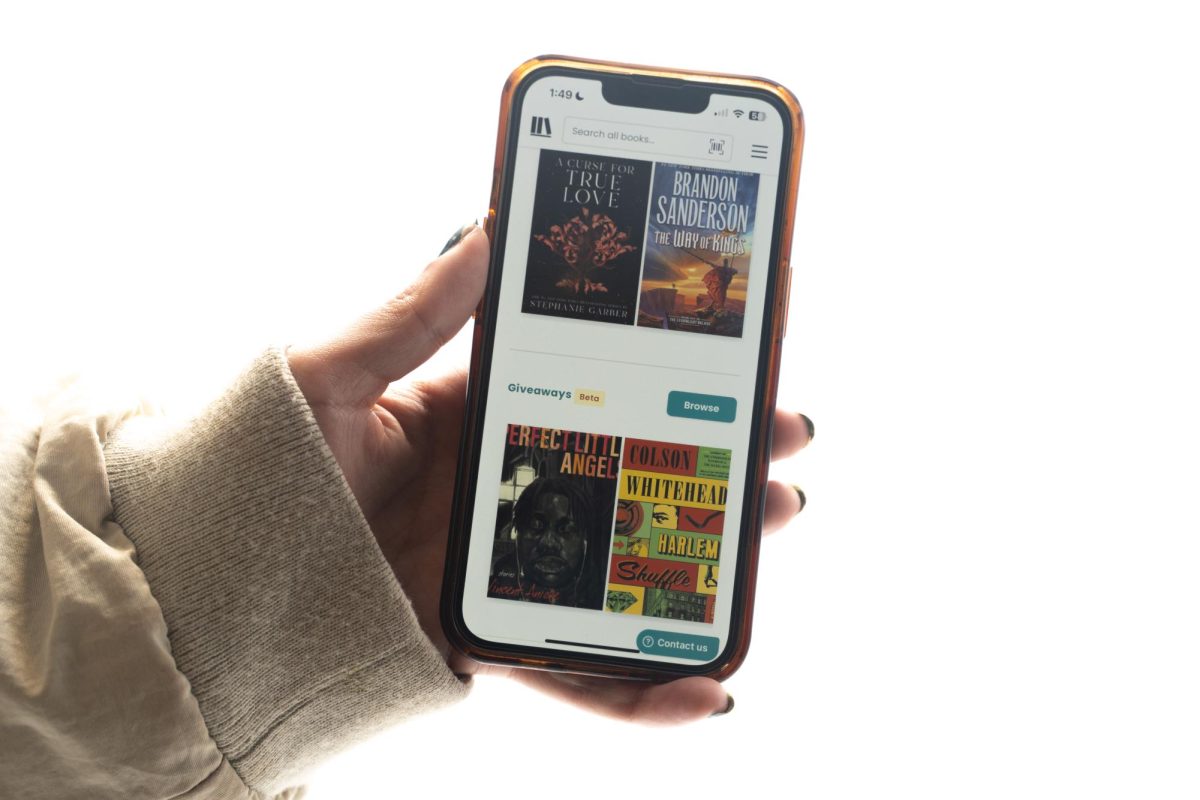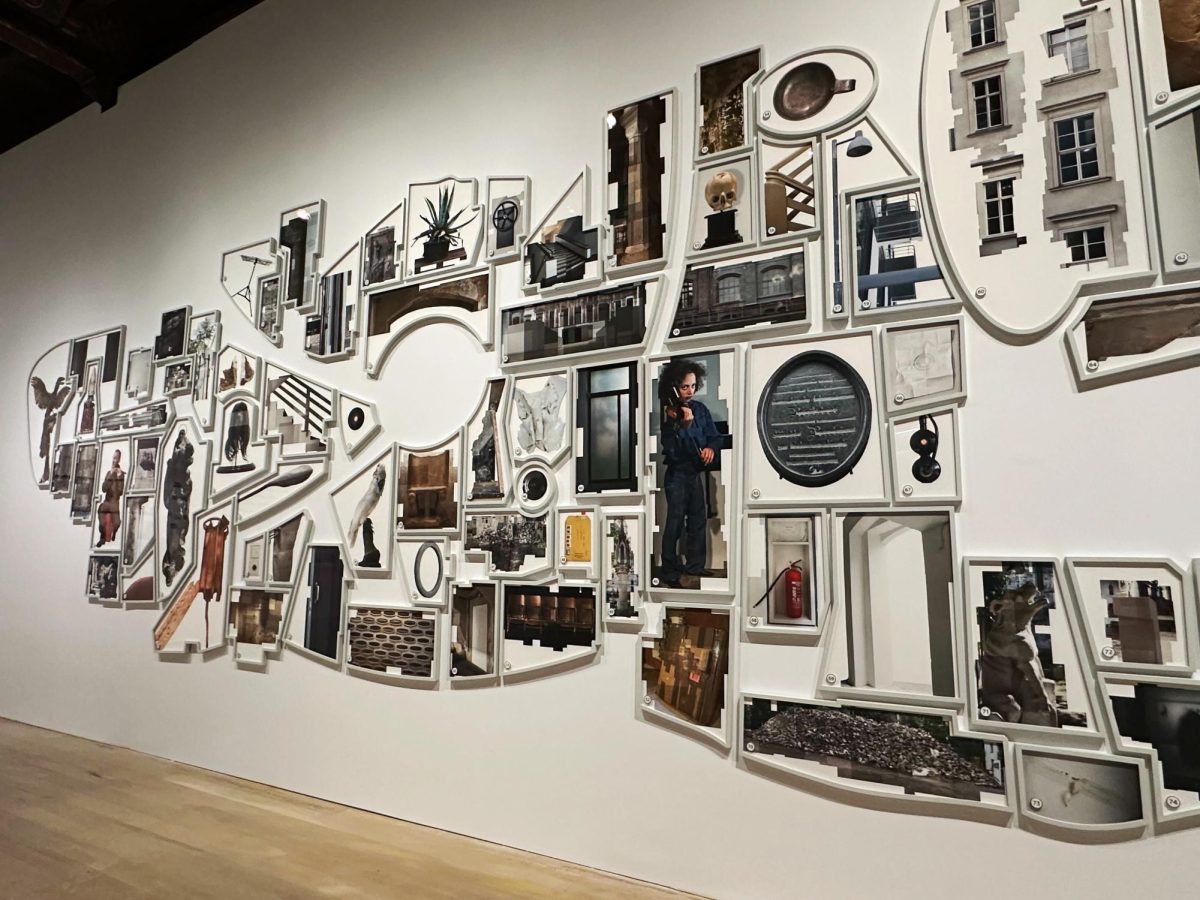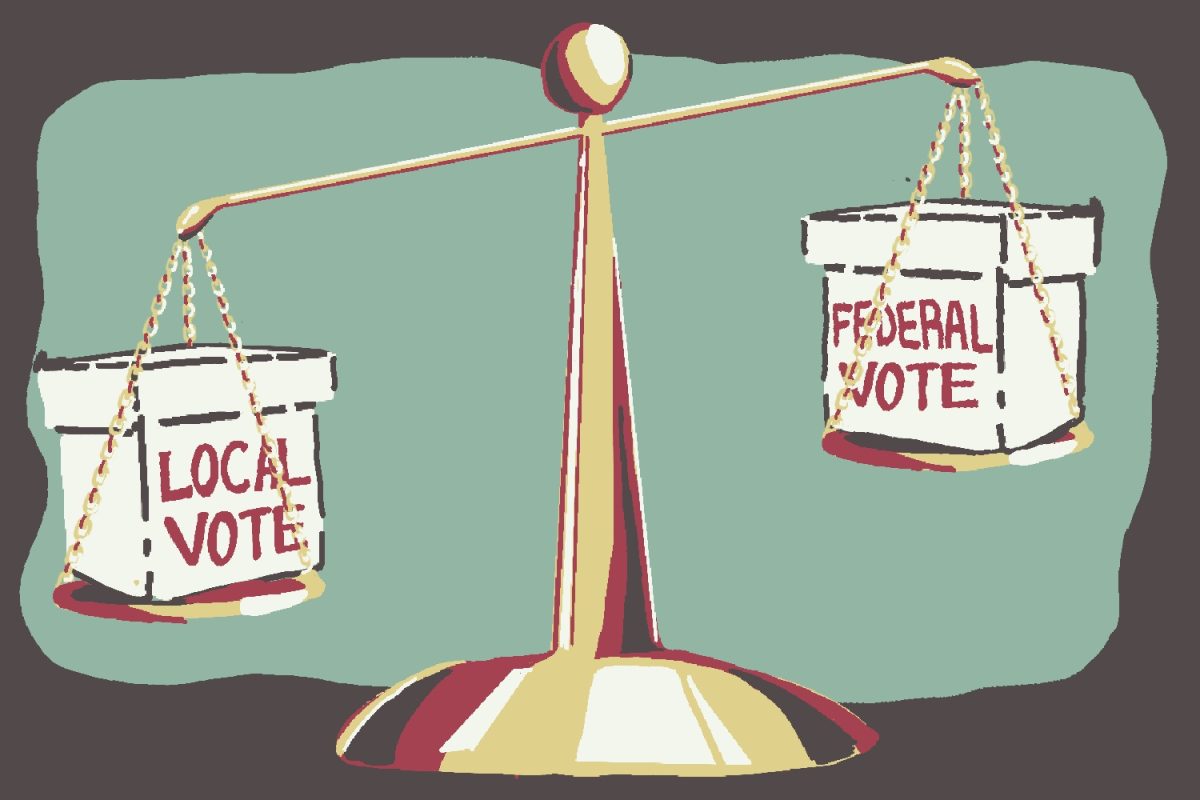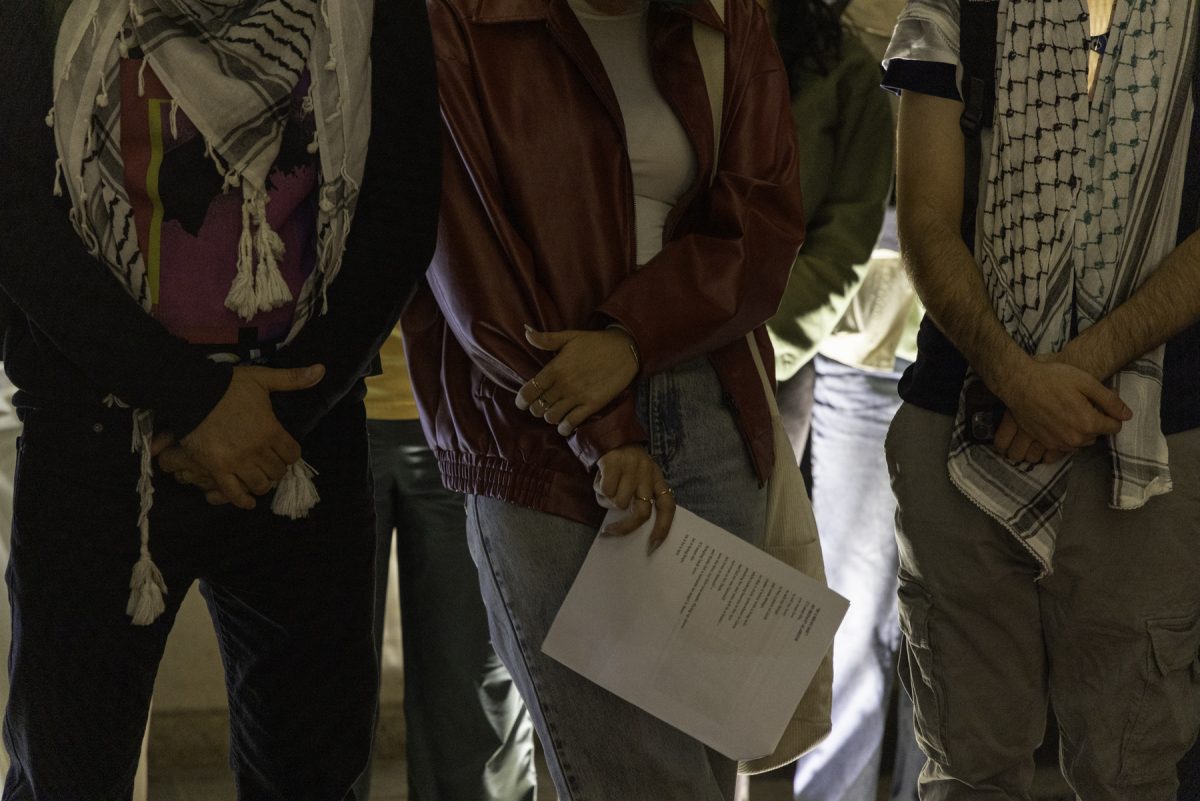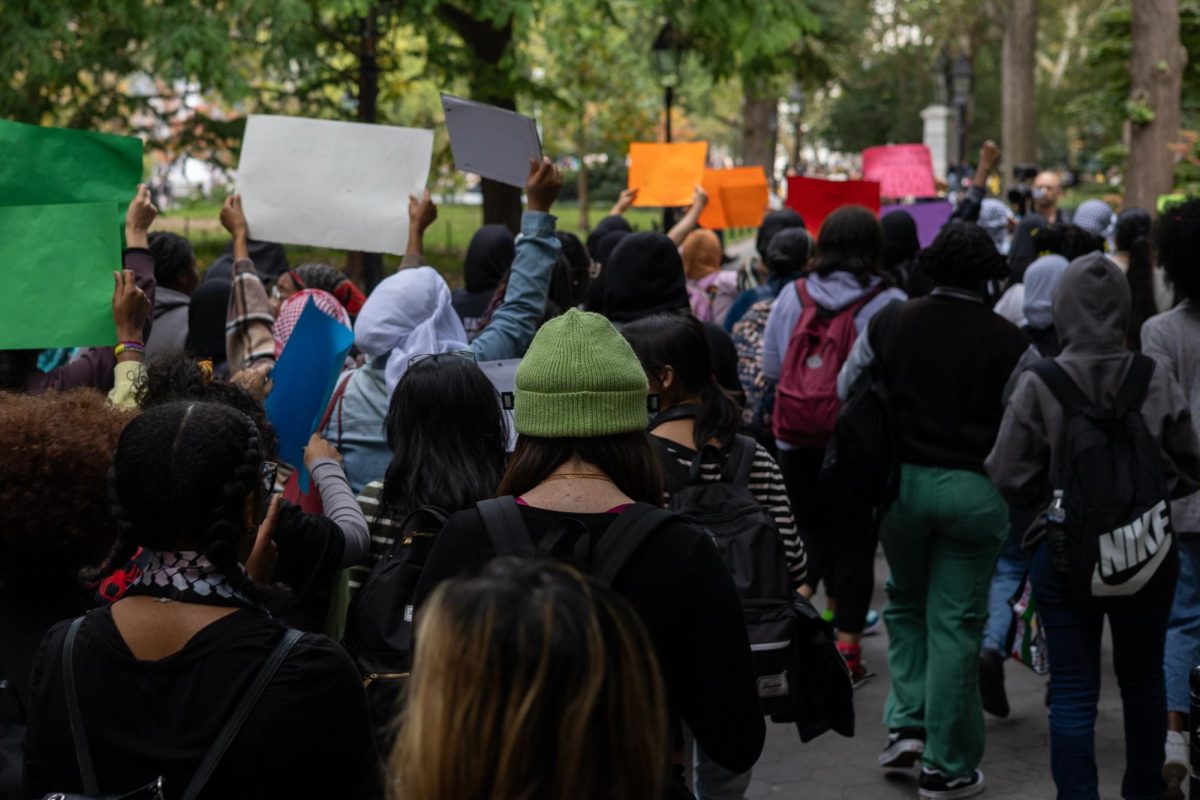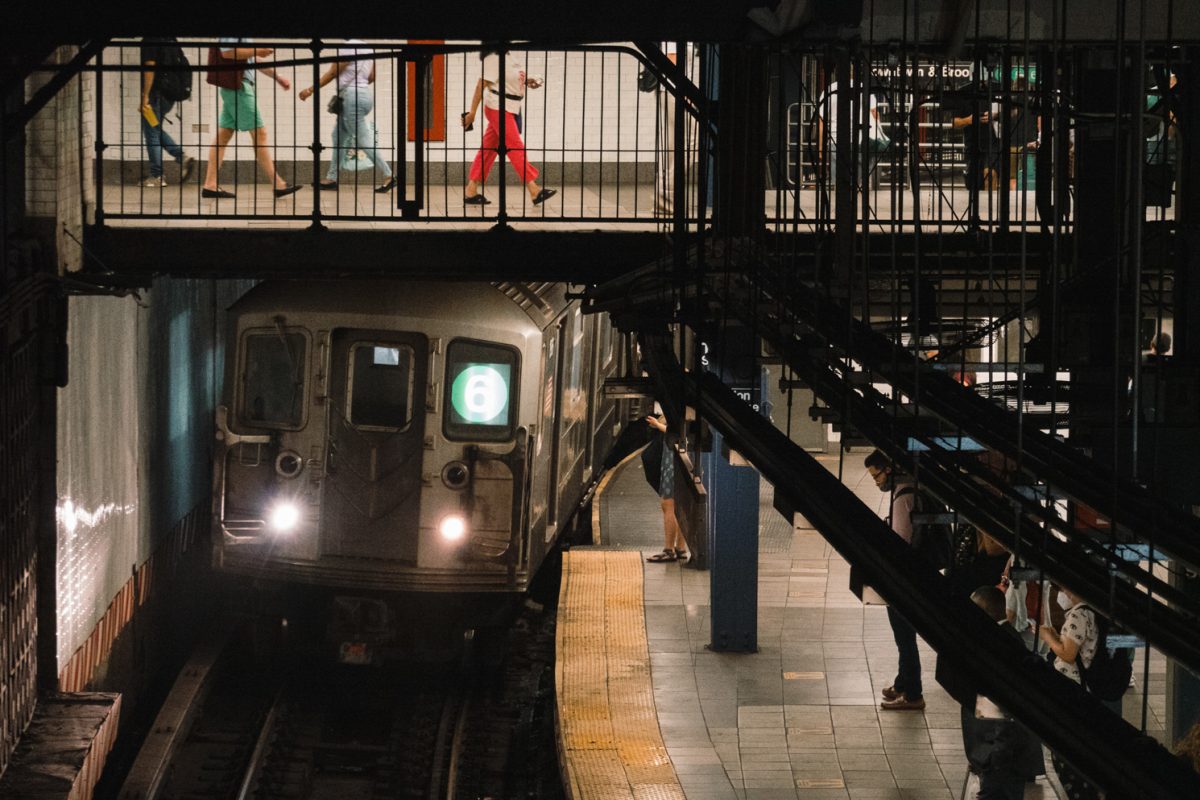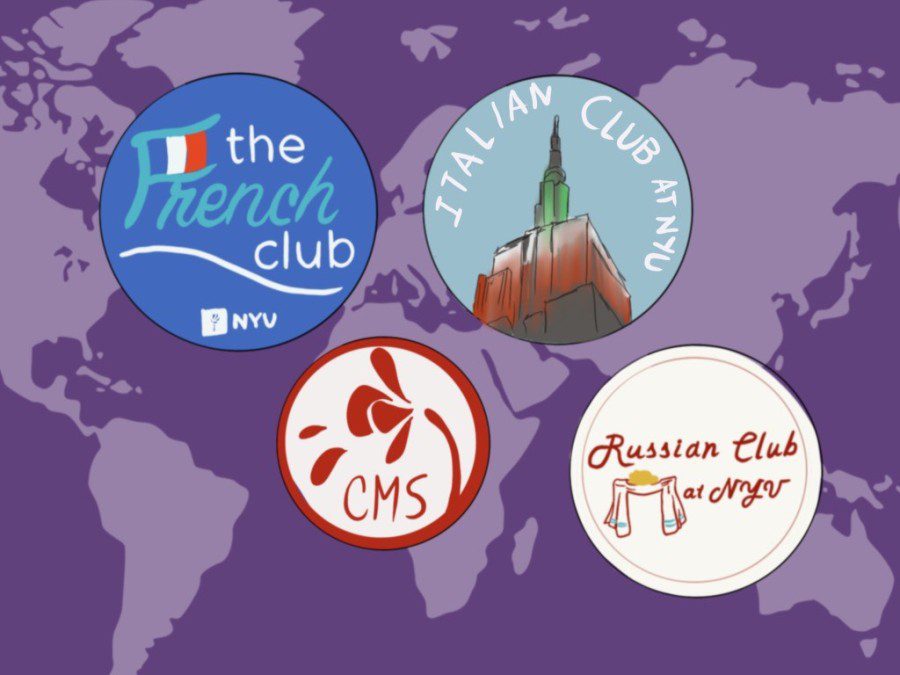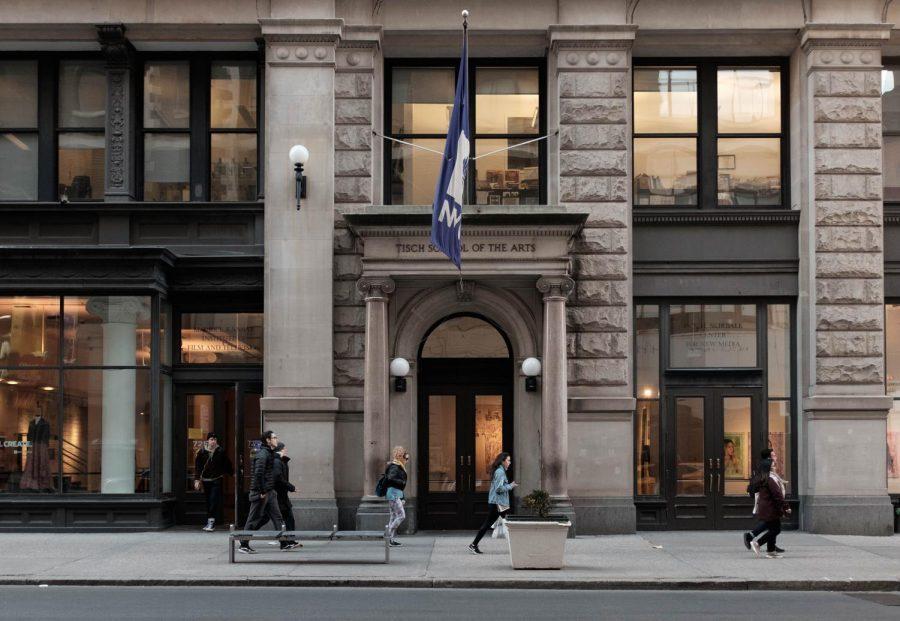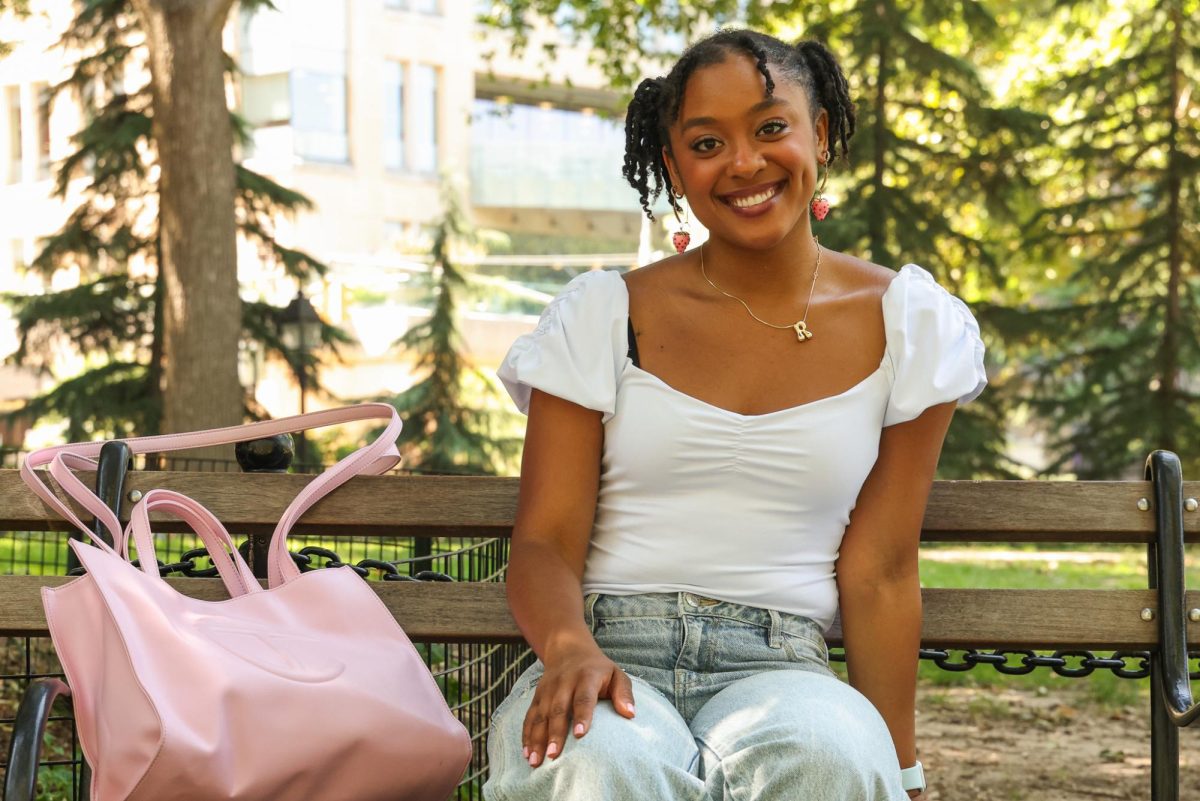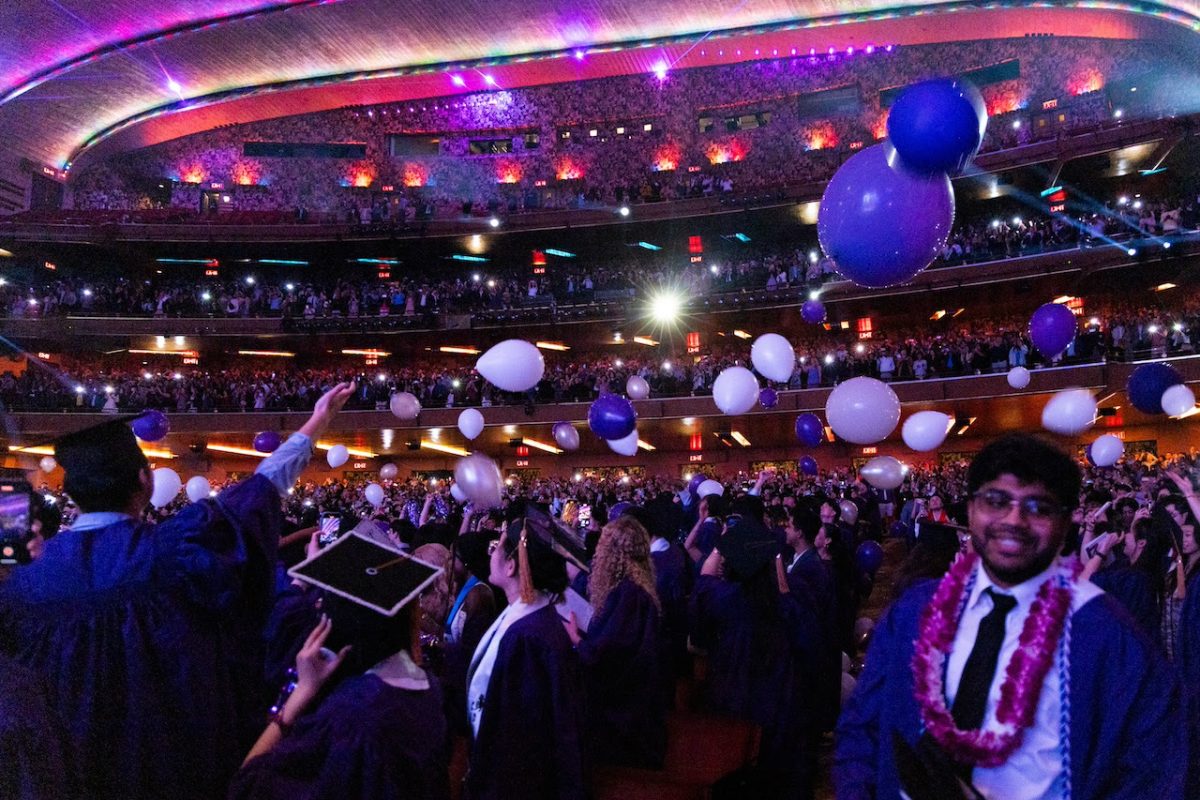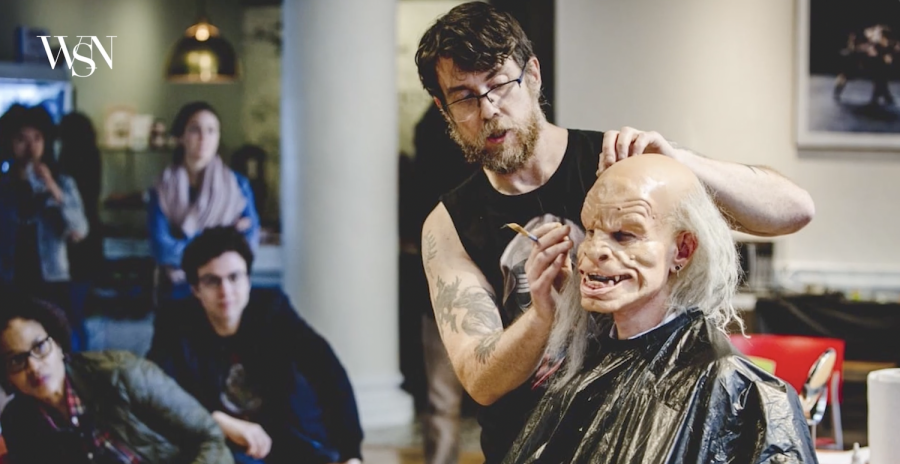As a sophomore last year, College of Arts and Science junior Daniel Cienava used NYU Safe Ride frequently. Cienava’s worst experience was waiting four hours for a ride at 2 a.m. Overall, his encounters with Safe Ride were a mixed bag, with some rides taking 30 minutes to arrive and others taking an hour and a half.
As WSN previously reported, Safe Ride is notorious for long waits, arrival failures and poor route planning. Now, the university service — which provides free, on-demand transportation between NYU facilities from 12 a.m. to 7 a.m. during the Spring and Fall semesters — is partnering with the rideshare service Via in place of the chartering service Academy Bus. NYU administrators and students hope the change heralds a marked improvement.
According to NYU director of transportation services Gregory Rivas, they heard student demands for shorter wait and ride times. Rivas believes this partnership will meet that request.
“The first 62 days of service for the Spring 2021 semester brought a three-minute reduction in average wait time and a 36% increase in passengers transported compared to the first 62 days of the Fall 2020 semester,” Rivas wrote in an email to WSN.
According to Rivas, the partnership with Via means that transportation services has access to a larger driver pool than in the past. This will enable them to address an increase in demand.
Rivas told WSN that the Transportation Advisory Committee chose Via after a vetting process. They selected Via since it was the most efficient option for the NYU community. After applying a one-time unique promo code, students can request rides on the Via app. Before its partnership with Via, transportation services required students to request rides through the Safe NYU app.
Students can receive a Via promo code by going to the Safe Ride homepage and logging in with their NYU credentials. The Via app may ask for a credit card number, but if a student plans to use Via solely for Safe Ride, they can push the skip button when prompted for the information.
Due to the pandemic, Safe Ride reduced vehicle capacity and implemented safety measures, such as masks, partitions, increased cleaning, and requiring both drivers and riders to fill out the NYU Daily Screener beforehand.
CAS junior Hany Kim has relied on Safe Ride in the past, especially when feeling unsafe as a woman in New York City. She will continue to use the service.
“[Safe Ride has] helped me a lot because it’s late at night,” Kim said. “I’m a woman, so I don’t want to be walking home too much. The area is nice. It’s not dangerous, but people are people, and people do bad things to other people.”
Kim and Cienava believe the new Safe Ride system will be more efficient and accountable than the prior one, since the new system is run by an independent provider.
“It seems like a much better situation,” Cienava said. “Via has a much better network to get students where they need to go, as opposed to the really inefficient Academy Bus system. They get you where you need to be without having a bunch of stops added or whatever. That’s great, especially if it’s late at night. I have not taken that yet, but you know it sounds like that is a much better situation for students.”
Cienava voiced concerns about the vetting process for drivers since other ride-hailing services such as Uber and Lyft, have had issues with drivers.
“Academy [Bus], while it was not an ideal situation — at least you’re getting on a bus with a bunch of other NYU students,” he said. “Versus this, you’re getting into one of the big vans which are not affiliated with the school.”
Rivas assured WSN that the choice to select Via for the Safe Ride partnership included a requirement that all drivers meet certain university standards.
While some students believe this partnership will improve NYU Safe Ride, other students, such as CAS junior Ivan Benitez, are less optimistic. Benitez has had problems with both Safe Ride and Via in previous years. He is unconvinced the new partnership will make him want to use Safe Ride again.
“I haven’t had good experiences with either,” Benitez said. “I just found it easier to take the subway, take Uber or walk. I just felt like it was much easier for me to do that and more reliable.”
Despite concerns regarding Via, Safe Ride is a tool students would like to be able to depend upon. Cienava is hopeful the new partnership will make Safe Ride more reliable.
“For students who live off-campus, it’s not a helpful tool,” Cienava said. “But for students who do live on campus, it is an important tool that they should have. It needed to be improved, and I’m glad that NYU actually took the right steps in the right direction to make the changes necessary to improve the service.”
With the introduction of this new partnership, NYU Transportation Services will rely on feedback from students to find gaps in service and areas for improvement. Students can fill out the transportation feedback form or review their ride on Via.
Email Rachel Fadem at [email protected].




